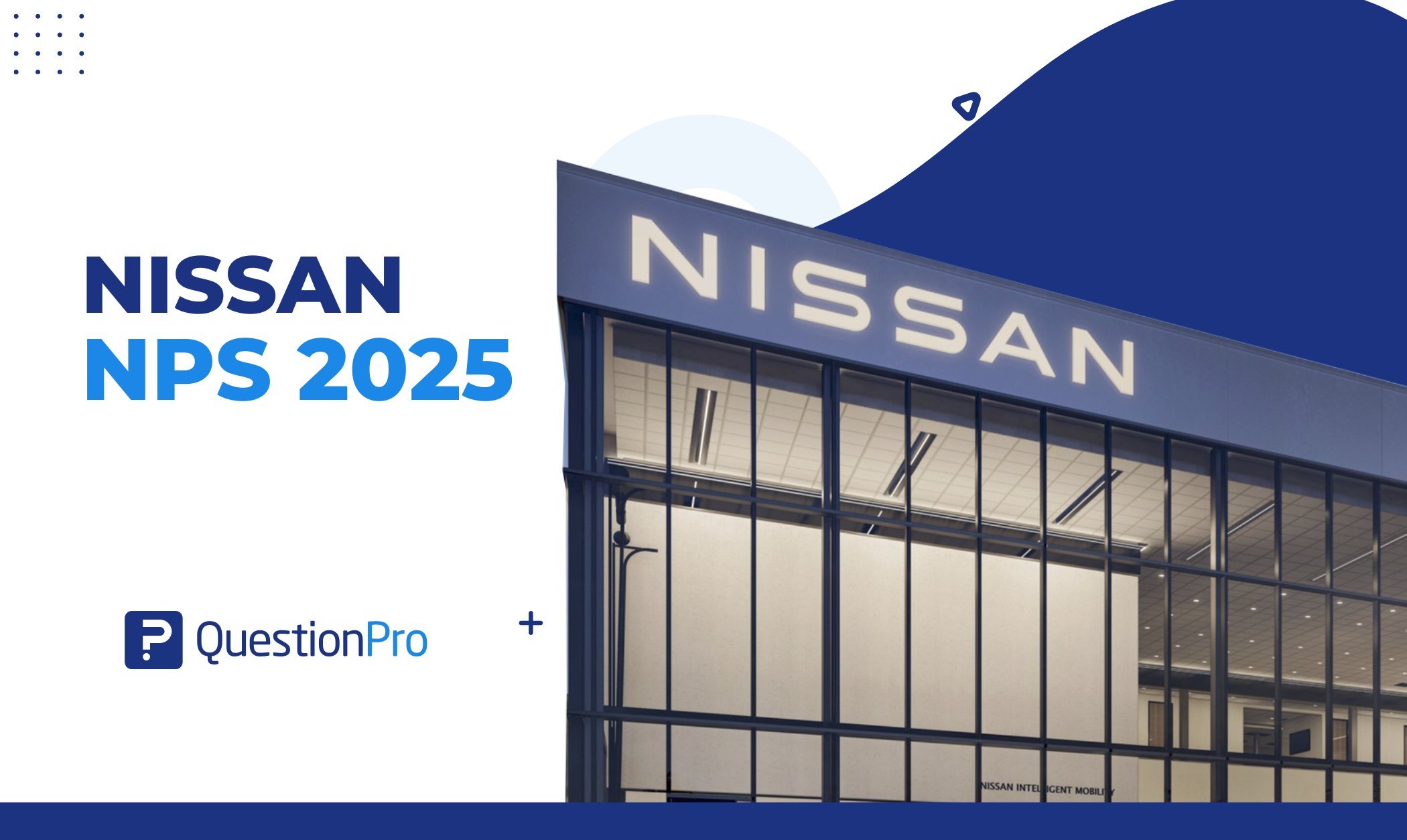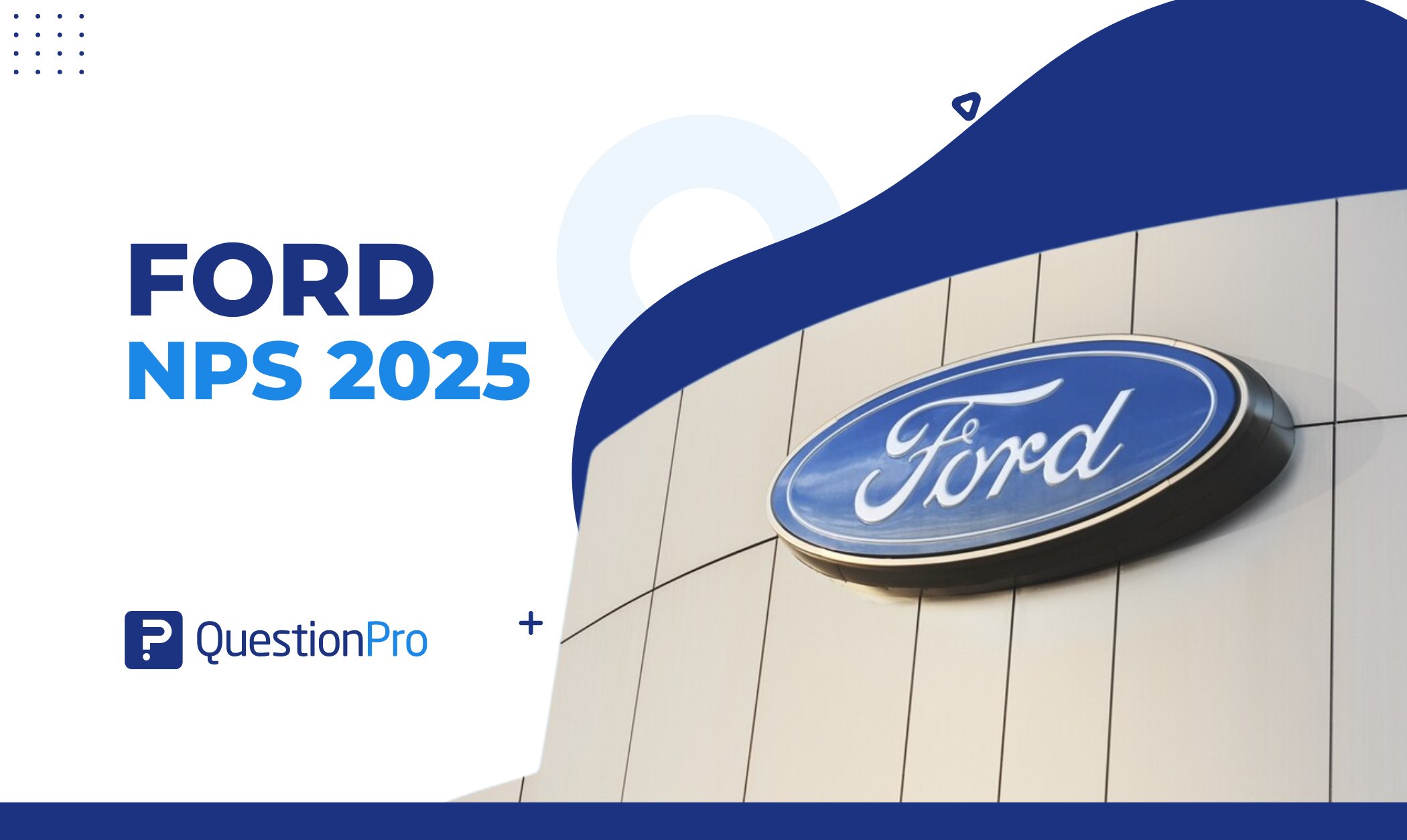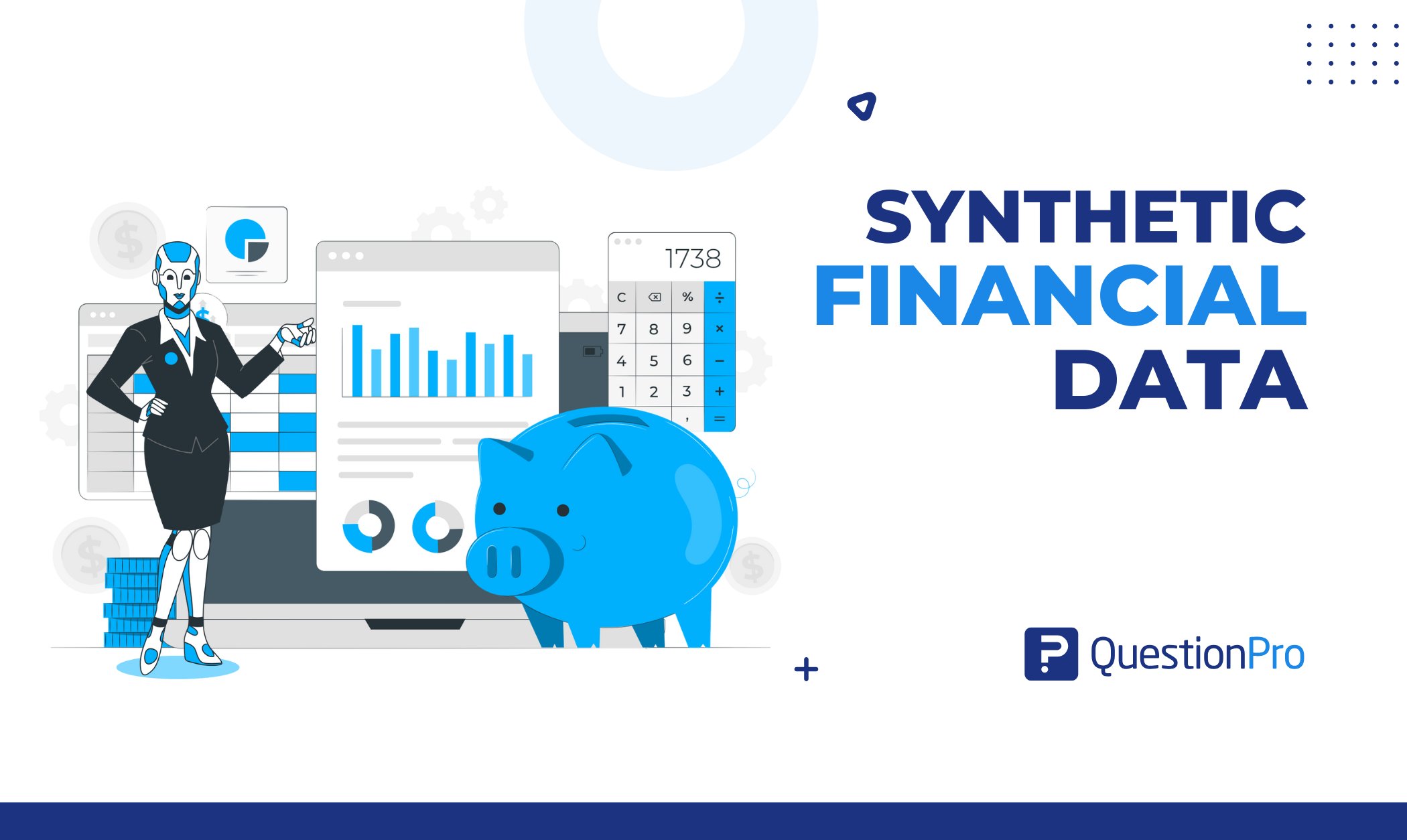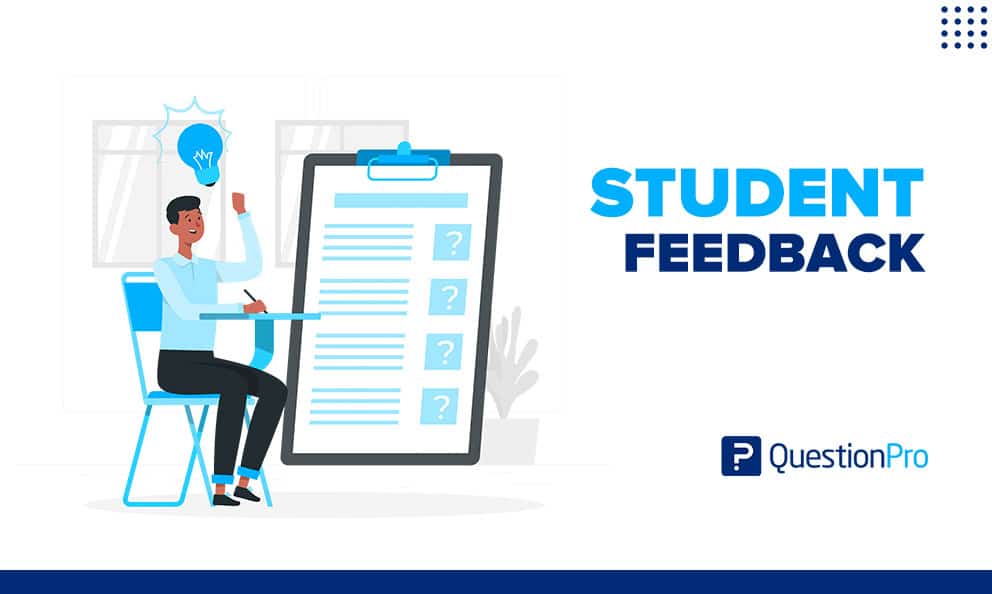
In educational institutions, teachers at all levels, especially in higher education, undergo periodic evaluations to assess their teaching performance, methods, and other crucial aspects of instruction. However, the role of student feedback in this process cannot be overstated. Collecting student feedback is essential as it provides educators with valuable insights into their teaching methods and classroom dynamics, allowing them to make necessary improvements. Constructive feedback from students is a two-fold approach, highlighting what works well and identifying areas for potential enhancement.
By promoting an ongoing feedback loop, educational institutions guarantee the prompt resolution of issues and the sustained commitment of instructors to improve the quality of education. This process also enhances student engagement, as students recognize that their opinions hold value and can directly influence the teaching process. This engagement often results in increased participation and a more profound commitment to learning, ultimately contributing to a more enriched educational experience.
What is Student Feedback?
Student feedback is the data collected from students about their experience in their educational institutes. It can be verbal, written, or gestural. And it is used by institutions or teachers to implement future improvements over what is currently being done. It can be conducted with the help of student feedback software.
Student feedback software is used to collect feedback from students on various aspects of education like quality, relevance, method of teaching, teachers, logistics, etc. You can also use these tools to create surveys for kids or students about an event, their experiences as compared to the expectations, or learn more about their opinions about a certain topic.
It helps you to improve student, campus climate, faculty, and alumni experience. You can identify what are the improvement areas that need attention. Such tools offer a voice to the students and help academic institutions to improve graduation rates, applicant experience, and alumni giving.
What is The Benefits of Student Feedback?
Feedback in the assessment and learning process aims to improve a student’s performance, and its benefits are manifold, including enhancing a student’s confidence, self-awareness, and enthusiasm for learning. Effective feedback during the first year in university is crucial in aiding the transition to higher education and supporting student retention.
Collecting student feedback is an indispensable method for fostering this feedback loop, a valuable tool for improving educational experiences and outcomes. By gathering input through mechanisms such as student evaluations, instructors and institutions can gain crucial insights into the dynamics of the learning process.
Improved Teaching and Learning:
Gathering student feedback allows instructors to receive meaningful student feedback on what works well in the classroom and requires improvement. This constructive criticism can guide educators in refining their teaching methods, making the learning experience more effective and engaging.
Tailored Instruction:
Meaningful feedback highlights the individual and collective needs of students. It empowers instructors to adapt their teaching methods, catering to their students’ diverse learning styles and abilities, thereby ensuring a customized and maximally effective education.
Enhanced Engagement and Motivation:
Education research has consistently shown that understanding student preferences and interests is pivotal. By gathering feedback, instructors can make course material more engaging and relevant. It can amplify student motivation and participation in the learning process.
Assessment of Learning Goals:
Student feedback is valuable for teaching and essential for accreditation and quality assurance purposes. Educators can gather input on course objectives and learning outcomes to make data-informed decisions, ensuring the achievement of educational goals.
Building a Supportive Learning Environment:
Classroom climate, communication, and interpersonal dynamics play a pivotal role in the education journey. Feedback gathered from students can shed light on these areas, prompting instructors and institutions to take action. This data-driven approach fosters a more inclusive and supportive learning environment, ensuring students have the resources and support they need to succeed.
Fostering Student Ownership of Learning:
When students know their feedback holds value and can influence the course, they assume greater ownership of their education. This heightened sense of responsibility and commitment to their studies is a testament to the power of student feedback in motivating and engaging learners.
Gathering student feedback is an indispensable part of the education process. By systematically collecting input and creating a well-structured process for gathering and analyzing this data, educators, and institutions can harness the power of student feedback to enhance the quality of education. This iterative approach, grounded in meaningful feedback, not only improves student performance but also contributes to the broader goals of education research and the sustained effort to improve the student experience.
Student Feedback Types
Corrective feedback informs a student about what they did correctly, as well as what they did incorrectly. There are more effective ways to provide feedback than simply simply telling a student what is right and wrong. Instead, providing a student with an explanation if they got something right or wrong is beneficial to a student’s academic achievement.
When students are provided with an explanation, they will likely avoid repeating the same mistake. In addition, corrective feedback should encourage a student to keep up the effort.
We could classify the type of feedback in this:
Timely feedback
It is provided to a student shortly after they have completed the work that is being graded. Students are more receptive to feedback when a concept or skill is recent in their memory. Failure to provide timely feedback may hinder students’ learning ability if they cannot relate the input to the learned concept.
Criterion-referenced feedback
It is based on standards that a teacher can measure a student’s progress against. The same criteria are used for every student and measure the student’s mastery of a skill or concept rather than comparing one student’s progress to another. For criterion-referenced feedback to be effective, teachers should develop student learning objectives before exposing the curriculum to students.
Student-facilitated feedback
Students generate it regarding their work; they actively participate in the feedback process. Student-facilitated feedback is effective when teachers provide structural methods for students to utilize when evaluating their work. Structural tools may include speed tracking charts, often used to assess multiplication skills, or rubrics, which can help students evaluate writing assignments. Teachers can provide targeted feedback based on a student’s self-assessment of their work.
Student Feedback Examples
Some examples of positive feedback to students are:
- Recognizing the student’s effort even though they missed the concept of an assignment. For example, ”I appreciate the hard work you’ve put into this paper; however, I was hoping you would have included information on the benefits of physical activity. You’re almost there, keep up the hard work!”
- Pointing out exactly where the problem is in a student’s work while encouraging them to not give up. For example, ”You’re headed in the right direction, you just forgot to add both numbers before dividing. You’ve almost got it!”
QuestionPro to Collect Student Feedback
QuestionPro, a widely utilized online survey and feedback platform, plays a pivotal role in the educational landscape by providing educational institutions with the means to gather feedback from students. This platform simplifies the process of survey creation, distribution, and data analysis, enhancing the effectiveness of teaching and the quality of education. Here’s how QuestionPro can be harnessed to collect student feedback:
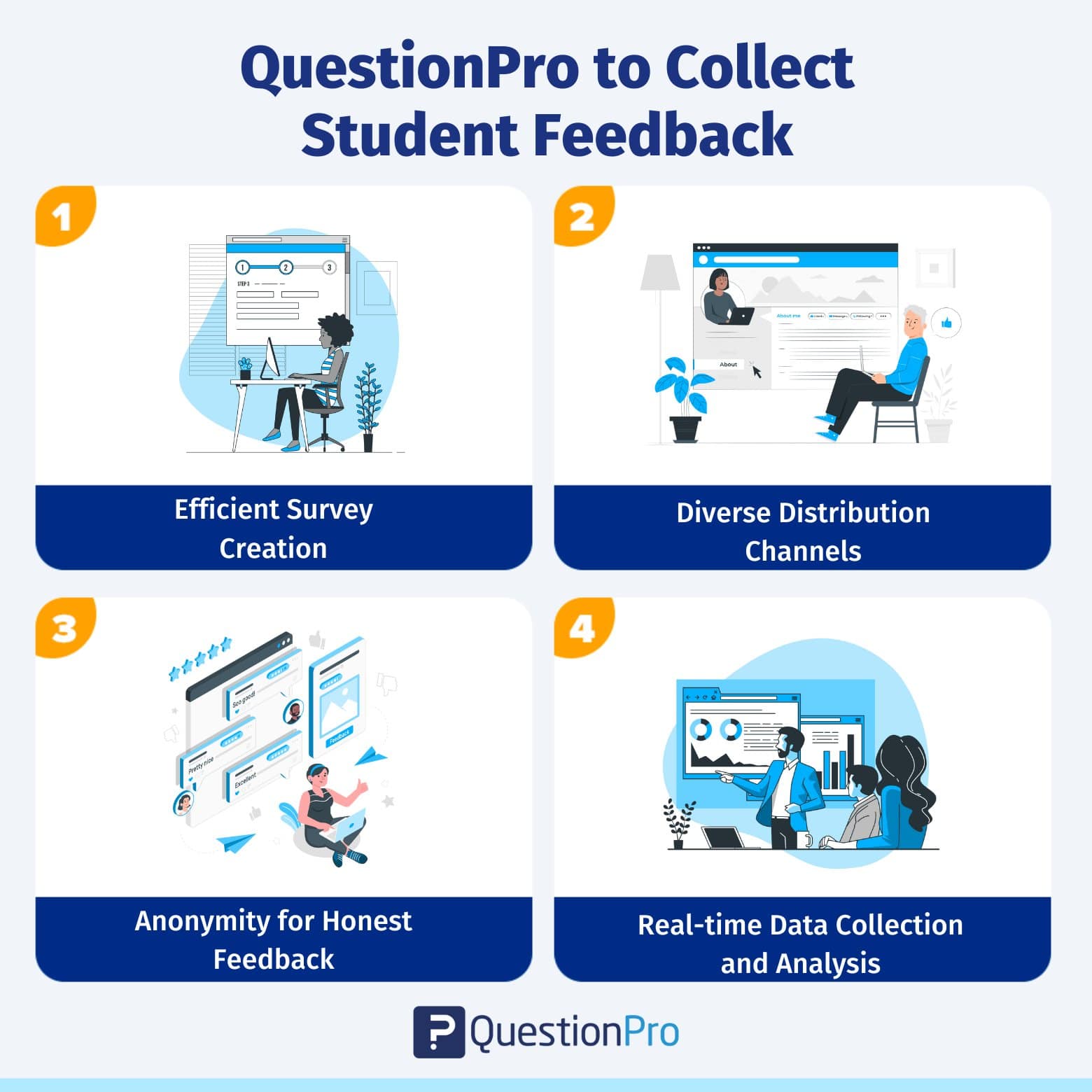
Efficient Survey Creation:
QuestionPro offers customizable survey templates and various question types to make creating tailored feedback surveys easy. It helps educational institutions gather practical input on teaching methods, new skills, and course content.
Diverse Distribution Channels:
QuestionPro offers multiple distribution methods, including email invitations and web links, making reaching students through their preferred channels easy. This approach encourages students to provide open-ended responses, suggestions, and constructive feedback.
Anonymity for Honest Feedback:
The platform allows for anonymous surveys, ensuring that students can provide candid feedback without fear of identification. This anonymity is crucial for receiving honest input, including negative feedback, essential for making meaningful improvements.
Real-time Data Collection and Analysis:
Educational institutions can collect and analyze real-time data, enabling timely interventions and adjustments based on student feedback. This real-time approach empowers instructors to effectively adapt their teaching methods and course content.
QuestionPro is a versatile and invaluable tool for collecting student feedback in educational institutions. Institutions use this platform to improve teaching, encourage skill development, and research to enhance education quality. Educators can respond constructively to student feedback, enhancing the learning experience.
Conclusion
The feedback that students receive is of utmost importance for their cognitive development; as the phrase goes, “From mistakes you learn,” and having input on what you have done wrong and being aware of it can fine-tune details in the student’s learning method.
Are you a University/College looking for affordable survey software for your research? With QuestionPro Academic Research Survey Software, you can access the best QuestionPro Survey & Analytics license at a highly discounted price.




